At this time of the year, the holiday season and gift-giving time is upon us.
Back in late-November 2005, then-Boston Bruins GM Mike O’Connell gave an early gift to the San Jose Sharks when he traded star center Joe Thornton for left-winger Marco Strum, defenseman Brad Stuart, and center Wayne Primeau. The trade would turn out to be one of the most lopsided deals in NHL history.
Thornton continues to shine for the Sharks while Sturm is the lone holdover from the deal for the Bruins.
The season before (2003–04), the Bruins finished third in the league with 104 points, tied, ironically enough, with San Jose.
After Thornton was dealt, the team would finish the season 26th in the NHL with 74 points while Joe Thornton would thrive with the Sharks, leading the league in points and taking home the Art Ross Trophy and the league MVP (Hart Trophy) as well.
Trading away a star player for the proverbial “magic beans” is nothing new in Boston—the Red Sox did it with Babe Ruth—but at least the team has begun to play like it did before the trade.
At the start of December, the Bruins had a 16–4–4 record for 36 points. That’s second best in the NHL, behind the San Jose Sharks.
The team is doing it at both ends too, with 82 goals for and 55 goals against, ranking third and second best in the NHL respectively.
As ESPN’s Scott Burnside said, ìThe Bruins continue to play a tough, defensively sound style of hockey that makes them the surprise team to beat in the Eastern Conference.î
Canadian sports site TSN.ca is projecting Thomas to finish the season with a record of 30–10–10, 1.88 goals against average, and a .940 save percentage—numbers comparable with New Jersey’s Martin Brodeur at his very best (37–14 with 1.88 goals against average, and a .927 save percentage in 1996–97).
The Bruins went 11–1–1 in the month of November and the Boston Examiner’s Rob Fucci was singing the praises of both Thomas and backup Manny Fernandez, giving them an “A” in a monthly report card.
“Show me a better goaltending tandem than Tim Thomas and Manny Fernandez,” exclaimed Fucci.
“The last line of defense for the B’s have combined for a 2.08 goals against average, tops in the league.”
“With our system, it helps me be a better plus-minus player than I’ve been in the past,” Savard told NHL.com.
“I know better what to do down low in our own end. I think I’ve been playing better away from the puck. That’s helped me too.”
Now it’s way too early to be planning a Stanley Cup parade for the Boston Bruins, but they’ve definitely been one of the NHL’s early season surprises.
The Bruins haven’t been hit as hard as the BoSox after trading away a star player for under market value, and it seems like it has taken less time to recover too.
Back in late-November 2005, then-Boston Bruins GM Mike O’Connell gave an early gift to the San Jose Sharks when he traded star center Joe Thornton for left-winger Marco Strum, defenseman Brad Stuart, and center Wayne Primeau. The trade would turn out to be one of the most lopsided deals in NHL history.
Thornton continues to shine for the Sharks while Sturm is the lone holdover from the deal for the Bruins.
The season before (2003–04), the Bruins finished third in the league with 104 points, tied, ironically enough, with San Jose.
After Thornton was dealt, the team would finish the season 26th in the NHL with 74 points while Joe Thornton would thrive with the Sharks, leading the league in points and taking home the Art Ross Trophy and the league MVP (Hart Trophy) as well.
Trading away a star player for the proverbial “magic beans” is nothing new in Boston—the Red Sox did it with Babe Ruth—but at least the team has begun to play like it did before the trade.
At the start of December, the Bruins had a 16–4–4 record for 36 points. That’s second best in the NHL, behind the San Jose Sharks.
The team is doing it at both ends too, with 82 goals for and 55 goals against, ranking third and second best in the NHL respectively.
As ESPN’s Scott Burnside said, ìThe Bruins continue to play a tough, defensively sound style of hockey that makes them the surprise team to beat in the Eastern Conference.î
Goaltending
Goaltending is the backbone of teams in the NHL and it’s no coincidence that the Bruins resurgence comes at the same time when goalie Tim Thomas seems to be coming into his own.
Thomas has seen significant playing time with the club for the past four years, and while his save percentage has always been around .900, he is playing like a top five goalie even more so this year.Canadian sports site TSN.ca is projecting Thomas to finish the season with a record of 30–10–10, 1.88 goals against average, and a .940 save percentage—numbers comparable with New Jersey’s Martin Brodeur at his very best (37–14 with 1.88 goals against average, and a .927 save percentage in 1996–97).
The Bruins went 11–1–1 in the month of November and the Boston Examiner’s Rob Fucci was singing the praises of both Thomas and backup Manny Fernandez, giving them an “A” in a monthly report card.
“Show me a better goaltending tandem than Tim Thomas and Manny Fernandez,” exclaimed Fucci.
“The last line of defense for the B’s have combined for a 2.08 goals against average, tops in the league.”
On Offense
As December began, center Marc Savard was tied for fifth in the league with eight goals and 22 assists for 30 points in 24 games—a pace for 102 points.
Savard’s first season with Boston was 2006–07 and while he has always shown a knack for setting up and scoring goals, he has stepped up in his own zone, currently owning a +/- rating of +13 as opposed to -19 in his first year.“With our system, it helps me be a better plus-minus player than I’ve been in the past,” Savard told NHL.com.
“I know better what to do down low in our own end. I think I’ve been playing better away from the puck. That’s helped me too.”
Now it’s way too early to be planning a Stanley Cup parade for the Boston Bruins, but they’ve definitely been one of the NHL’s early season surprises.
The Bruins haven’t been hit as hard as the BoSox after trading away a star player for under market value, and it seems like it has taken less time to recover too.
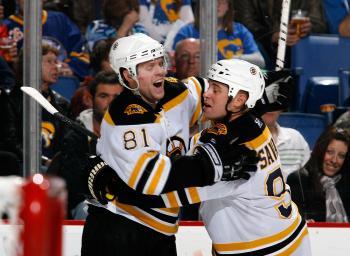
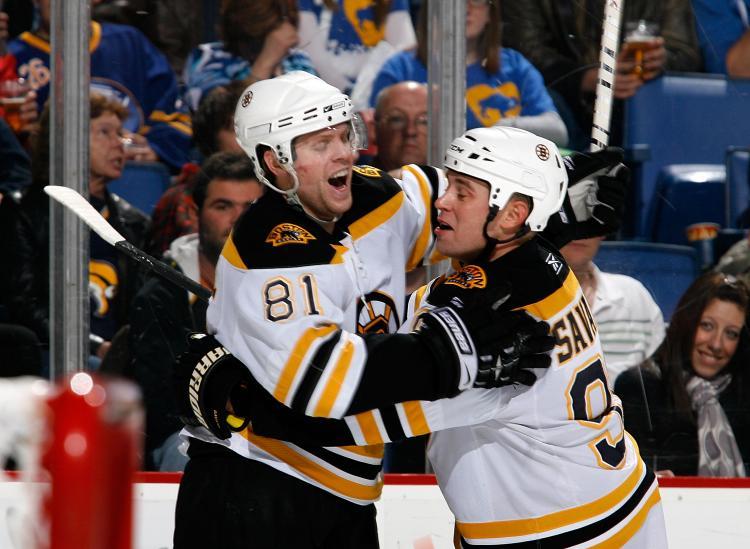
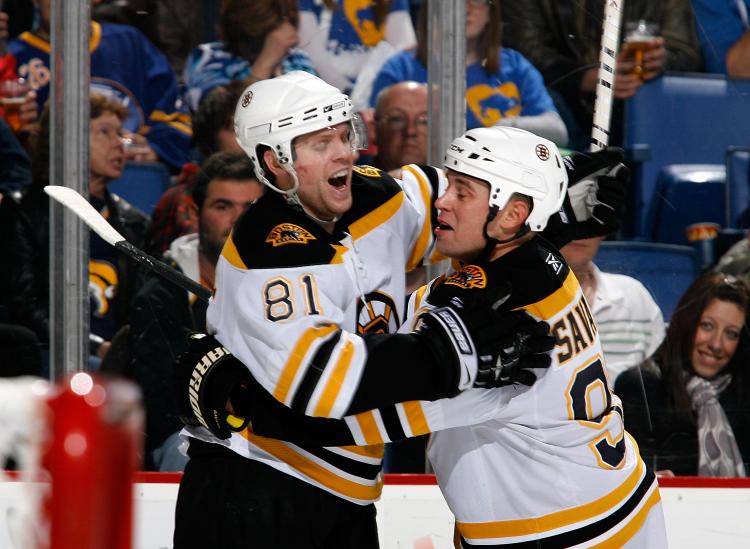
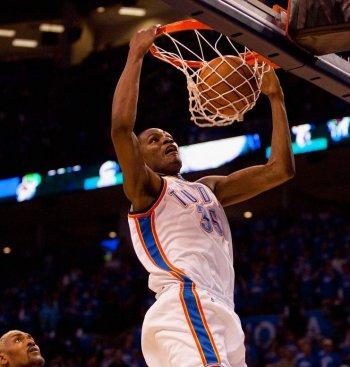
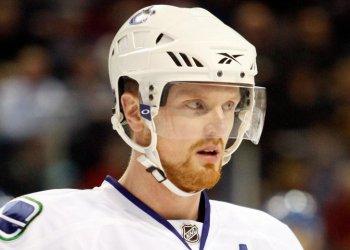
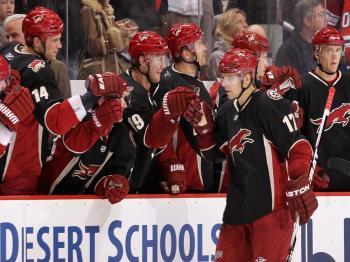
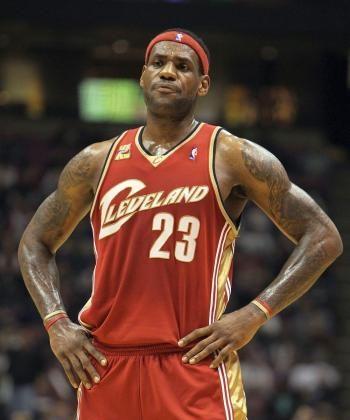
Friends Read Free